Today we hike up to the Shivalayas of Badami. These shivalays dedicated to the Hindu deity Shiva are surprisingly located inside a fort protected with canons et all. On the hike, the most intriguing structures are the stone granaries located midway to the top of the hill which I have never seen anywhere else on my travels.
Journals
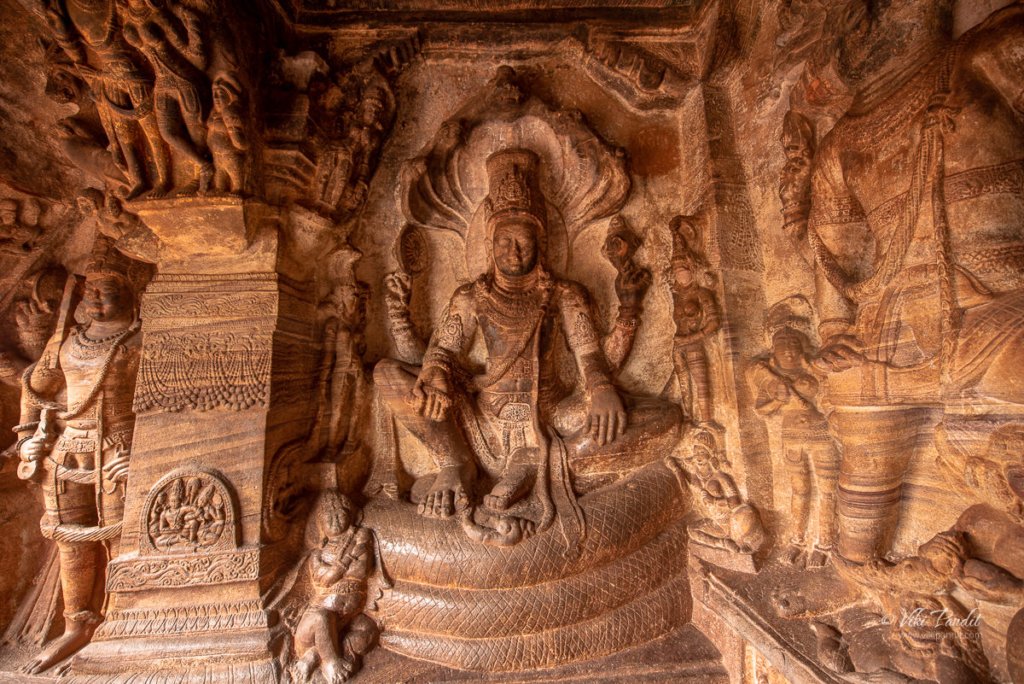
Cave Temples of Badami
Today we hike up a small hill in the quaint town of Badami, in northern Karnataka, to explore the rock-cut cave temples dating back to the 6th century. Primarily commissioned during the times of Chalukya reign, the temples provide an insight into the Indian architecture that influenced the next generation of sculpturing style surrounding regions of south India.

An evening at Kiyosu Castle
Today we explore Kiyosu Castle 清須城 – a place that the ruthless warlord Oda Nobunaga called home. Today the castle sits quietly in the mundane town of Kiyosu, but as once the capital of the powerful Owari province, its influence may have waned, but its importance to history has not.
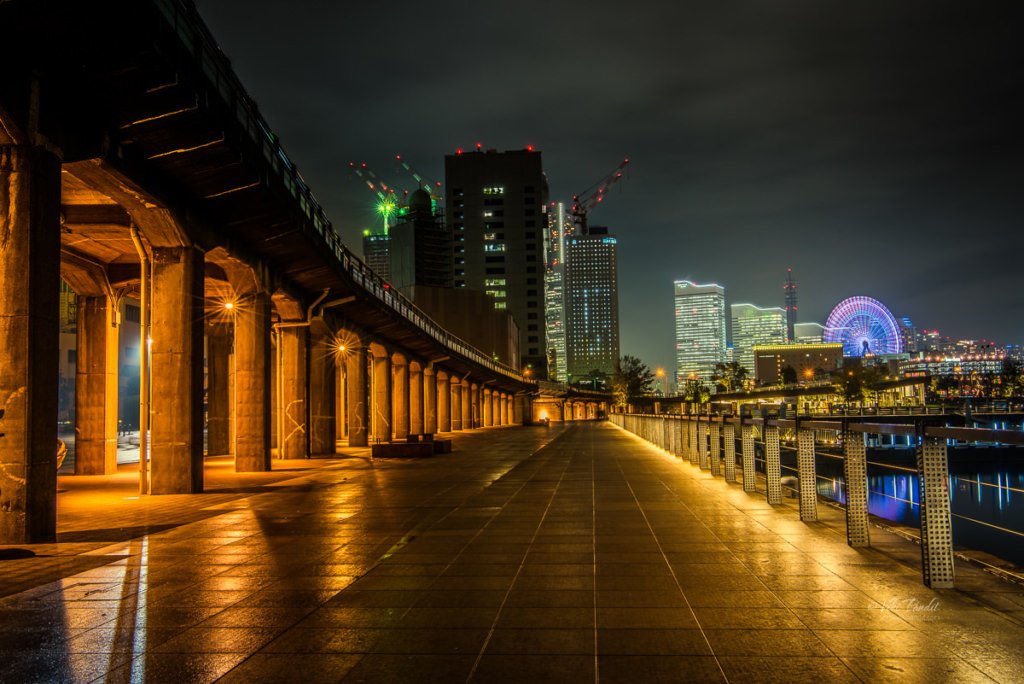
Photowalk along Osanbashi Pier
We go on a photo-walk to capture the famous Yokohama skyline from Osanbashi, the oldest pier in Yokohama. The creatively designed wooden deck with steps, slopes, and benches are perfect for a relaxing evening among gentle sea breeze.
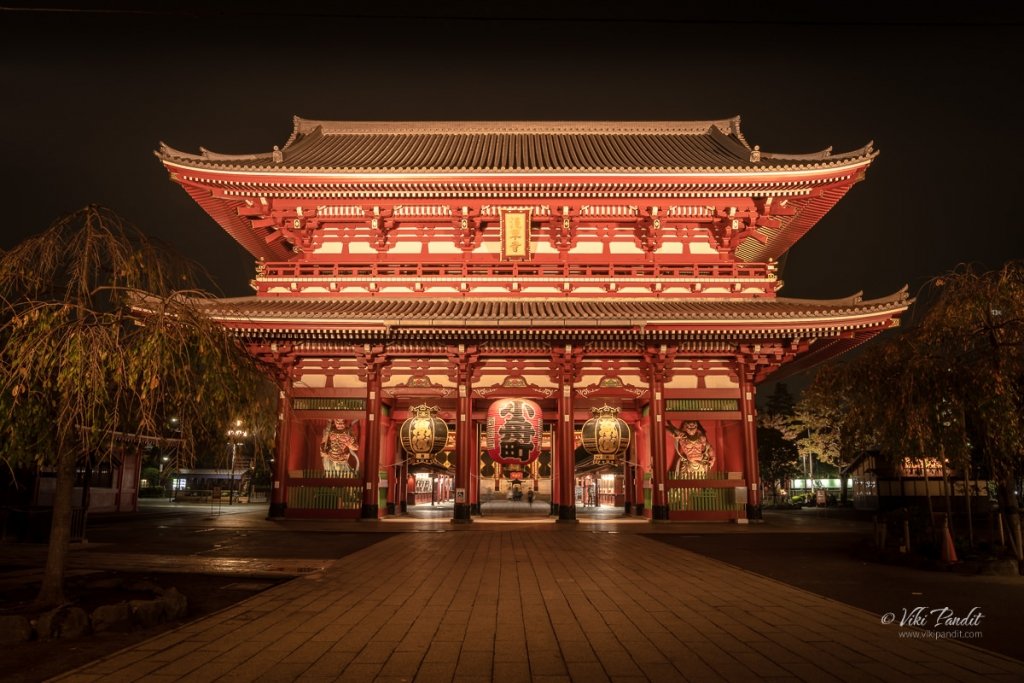
The great Senso-ji Temple
Sensō-ji is an ancient Buddhist temple located in Asakusa, Tokyo, Japan. It is Tokyo’s oldest temple, and one of its most significant, built to honor Kannon, the goddess of mercy.

An evening at Tokyo City View
Tokyo City View, an observation facility located in the center of one of the world’s metropolis, Tokyo, features an indoor observation deck 250 meters above sea level and a Sky Deck outdoor observation deck 270 meters above sea level.

Utsunomiya Castle Ruins
Today we walked down to Utsunomiya Castle, a flatland castle originally built during the Heian period in 1063. Once counted among the seven major castles of Kanto region, it was totally destroyed in war. The partially restored castle now functions as a park for city residents to relax in.
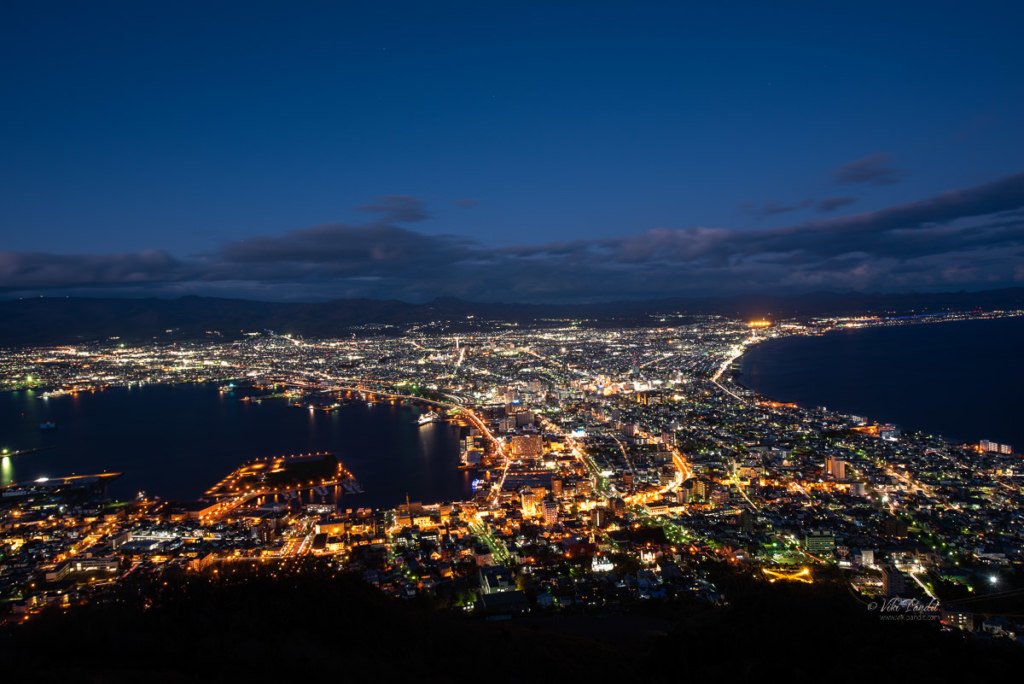
Night view from Mt. Hakodate
Once the sun descends behind the mountains, the city of Hakodate comes alive like a sea of glittering jewels. Hakodate-shi as it is known locally is the capital city of Oshima Sub-prefecture in Hokkaido. The view from Mt. Hakodate is acclaimed as one of the three best night-views in Japan.
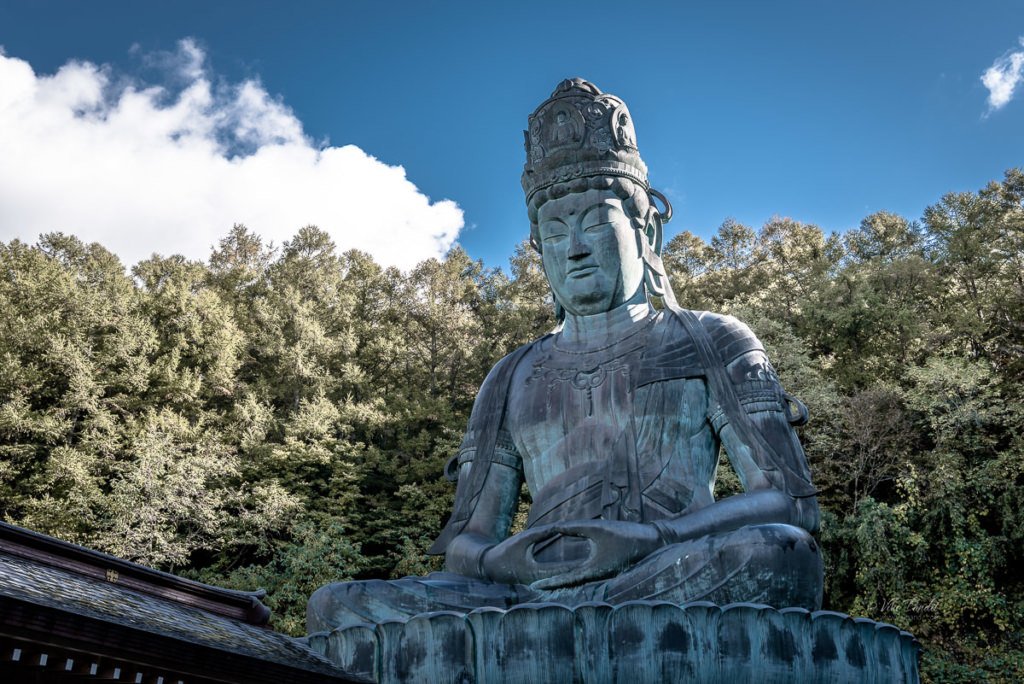
Showa Daibutsu at Seiryu-ji
Today we head to the suburbs of Aomori to explore a very recently built temple grounds that boasts of Showa Daibutsu, the largest seated Buddha in all of Japan.
